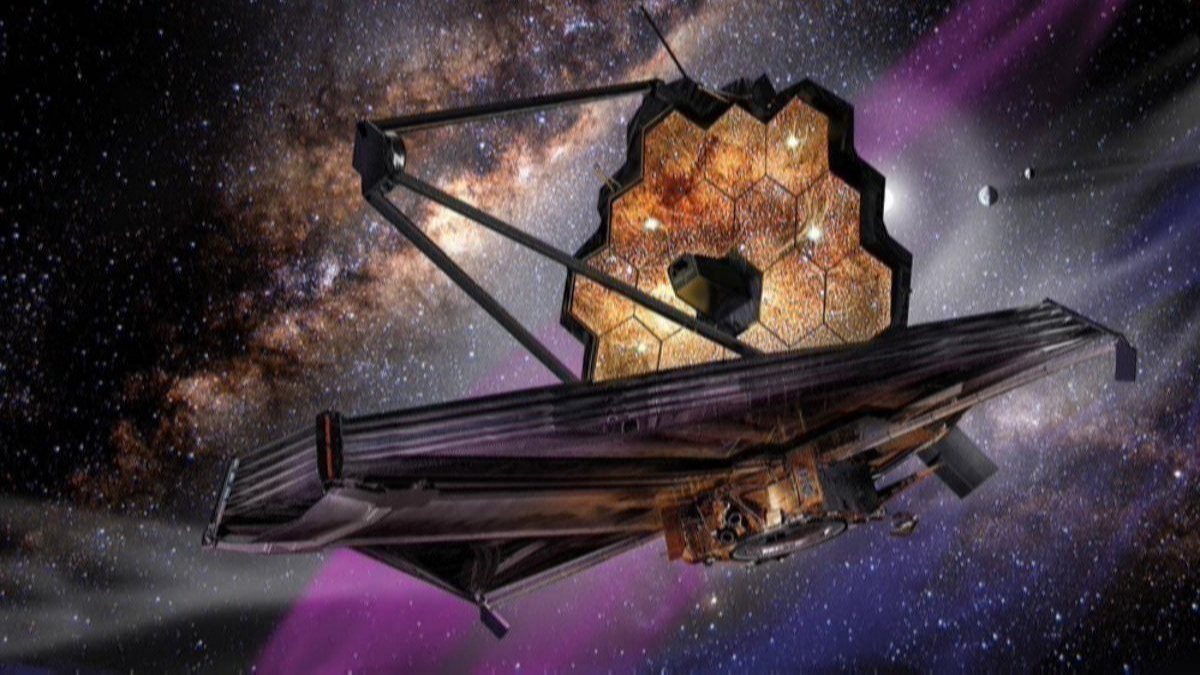NASA’s new James Webb Space Telescope has successfully deployed an antenna crucial to the mission.
Planned to replace the obsolete Hubble Space Telescope James Webb Space Telescopewill search for life on new planets discovered beyond the solar system.
The James Webb telescope, developed jointly by NASA with the European Space Agency (ESA) and the Canadian Space Agency (CSA), was successfully launched on December 25, 2021 and started its 30-day journey.
ANTENNA SUCCESSFULLY PLACED
NASA’s new James Webb Space Telescope has successfully deployed an antenna crucial to the mission. The antenna assembly carries a high-speed data transmission dish responsible for beaming James Webb’s observations to Earth.
According to NASA officials, this antenna will be used to send at least 28.6GB of data twice a day.
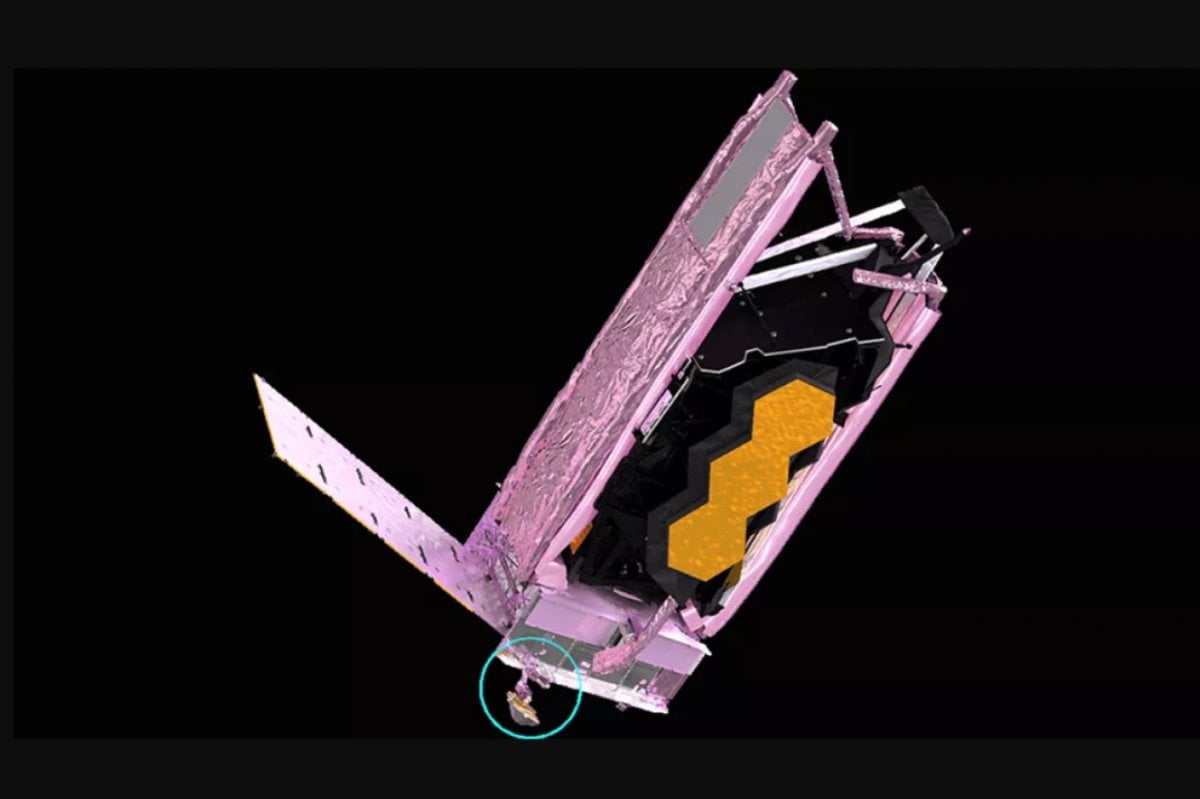
Besides opening the antenna, the telescope’s temperature and strain gauges were also activated for the first time, according to NASA. These measurements will enable the monitoring of the temperature and general condition of the telescope in the coming days.
HUBBLE WILL RETIRE
Unlike Hubble, James Webb will orbit the Sun at a distance of 1.6 million kilometers from Earth. The Hubble Space Telescope with a 2.4 meter wide mirror will be retired after James Webb takes office.
The spacecraft will study widely disparate exoplanets, probe atmospheres similar to Earth’s in hopes of finding the building blocks of life, and try to detect organic molecules on other planets.
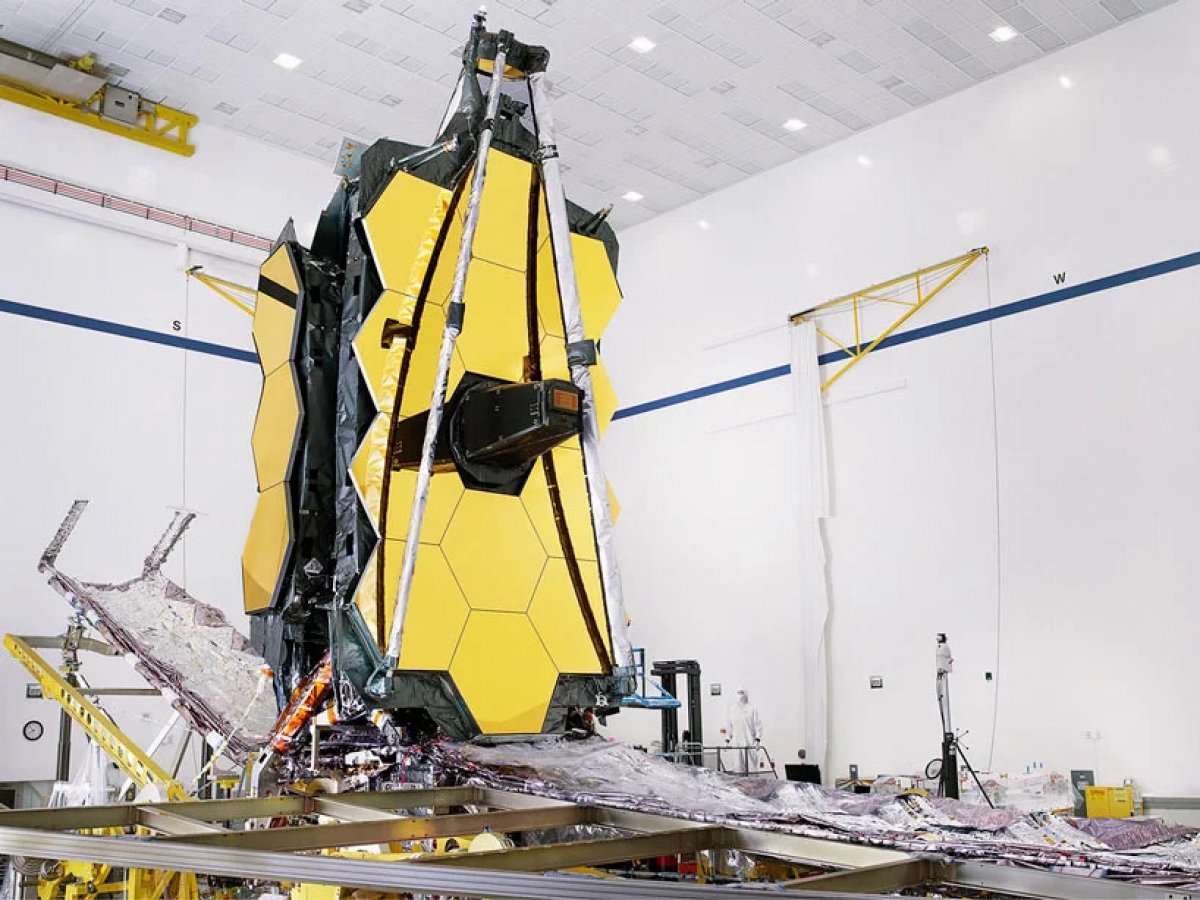
FOLDED LIKE ORIGAMI
The most powerful space telescope ever, due to its enormous size, could not fit inside the rocket and therefore folded like origami.
The main mirror of the telescope, which will be used while observing, is formed by the combination of 18 hexagonal mirrors. The diameter of the main mirror is 6.5 meters. The dimensions of the 5-layer sun shield under the telescope are 22 meters by 12 meters.
Telescope, It will travel for a month to reach its deployment point and will gradually open during this short trip.
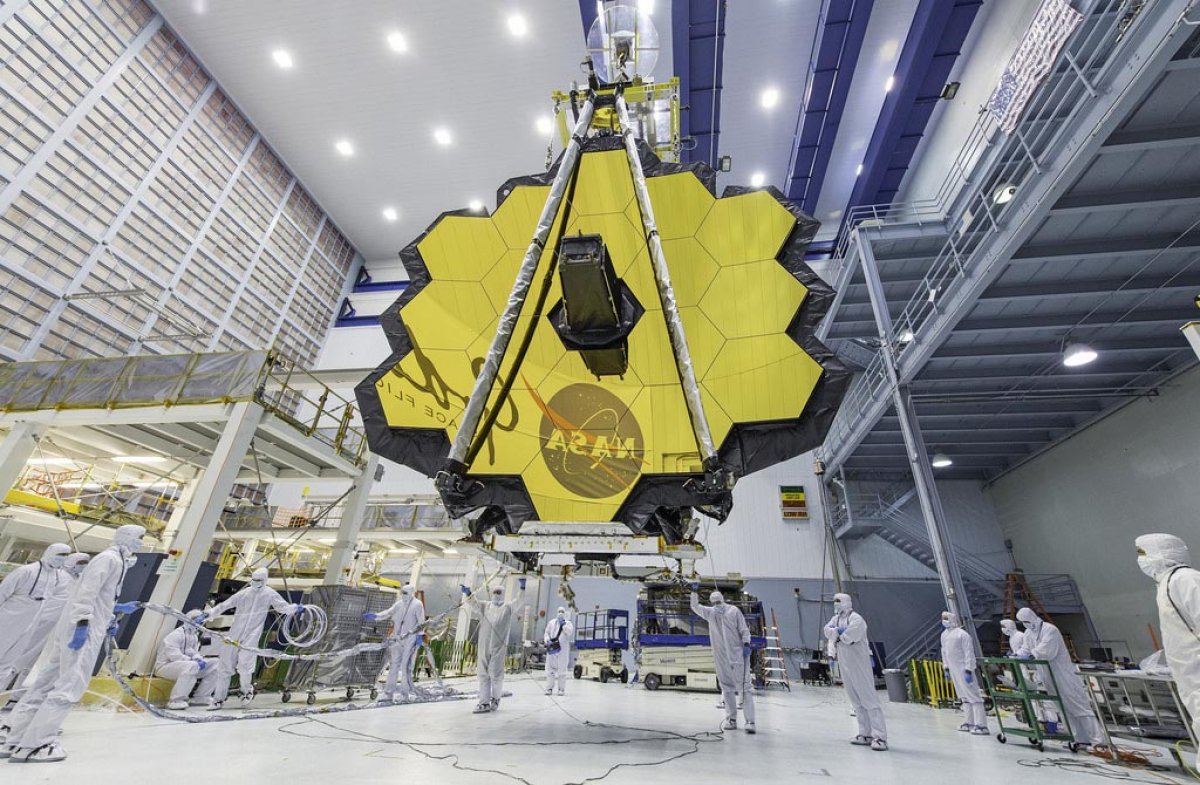
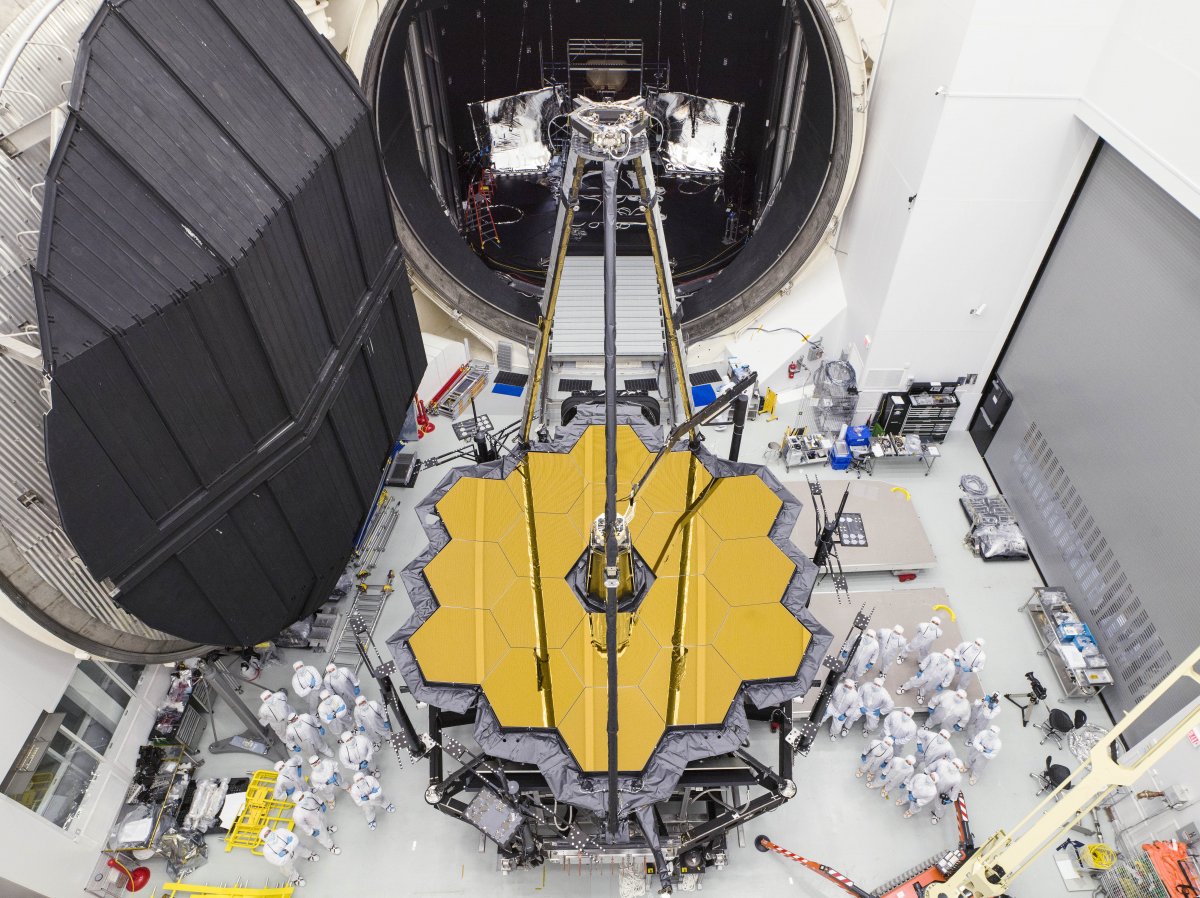
–
